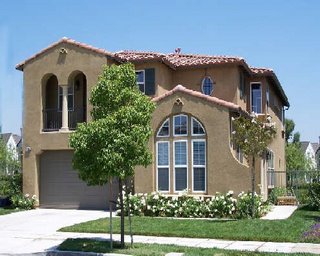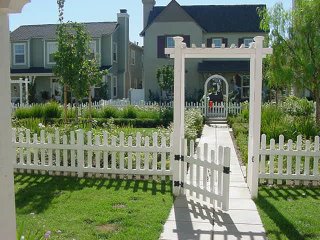Housing Market Uptrend Expected Through 2014
From National Association of Realtors
The housing market recovery should continue through the coming years, assuming there are no further limitations on the availability of mortgage credit or a "fiscal cliff,"according to forecast presentations at a residential forum at the 2012 Realtors Conference and Expo.
Lawrence Yun, chief economist of the National Association of realtors, said the housing market clearly turned around in 2012. "Existing-home sales, new-home sales and housing starts are all recording notable gains this year in contrast with suppressed activity in the previous four years, and all of the major home price measures are showing sustained increases," he said.
Yun sees no threatening signs for inflation in 2013, but projects it to be in the range of 4 to 6 percent by 2015. "The huge federal budget deficit is likely to push up borrowing costs and raise inflation well above 2 percent," he said.
Rising rents, quantitative easing (the printing of money), federal spending outpacing revenue, and a national debt equal to roughly 10 percent of Gross Domestic Product are all raising inflationary pressures.
Mortgage interest rates are forecast to gradually rise and to average 4.0 percent next year, and 4.6 percent in 2014 from the inflationary pressure.
With rising demand and an ongoing decline in housing inventory, Yun expects meaningfully higher home prices. The national median existing-home price should rise 6.0 percent to $176,100 for all of 2012, and increase another 5.1 percent next year to $185,200; comparable gains are seen in 2014.
"Real estate will be a hedge against inflation, with values rising 15 percent cumulatively over the net three years, also meaning there will be fewer upside-down home owners," Yun said. "Today is a perfect opportunity for moderate-income renters to become successful home owners, but stringent mortgage credit conditions are holding them back."
Existing-home sales this year are forecast to rise 9.0 percent to 4.64 million, followed by an 8.7 percent increase to 5.05 million in 2013. Housing starts are forecast to rise to 776,000 in 2012 from 612,000 last year, and reach 1.13 million next year.
The growth in new construction sounds very impressive, and it does mark a genuine recovery, but it must be kept in mind that the anticipated volume remains below long-term underlying demand," Yun said. "Unless building activity returns to normal levels in the next couple years, housing shortages could cause home prices to accelerate, and the movement of home prices will be closely tied to the level of housing starts."
"Home sales and construction activity depend on steady job growth, which we are seeing, but thus far we've only regained half of the jobs lost during the recession," Yun said.
Yun projects growth in Gross Domestic Product to be 2.1 percent this year and 2.5 percent in 2013. The unemployment rate is showing slow, steady progress and is expected to decline to about 7.6 percent around the end of 2013. "Of course these projections assume Congress will largely avoid the "fiscal cliff" scenario," Yun said. "While we're hopeful that something can be accomplished, the alternative would be a likely recession, so automatic spending cuts and tax increases need to be addressed quickly."
Regardless, Yun said that four years from now there will be an even greater disparity in wealth distribution. "People who purchased homes at low prices in the past couple years, including many investors, can expect healthy growth in home equity over the next four years, while renters who were unable to get into the market will be in a weaker position because they are unable to accumulate wealth." he said. "Not only will renters miss out on the price gains, but they'll also face rents rising at faster rates."










